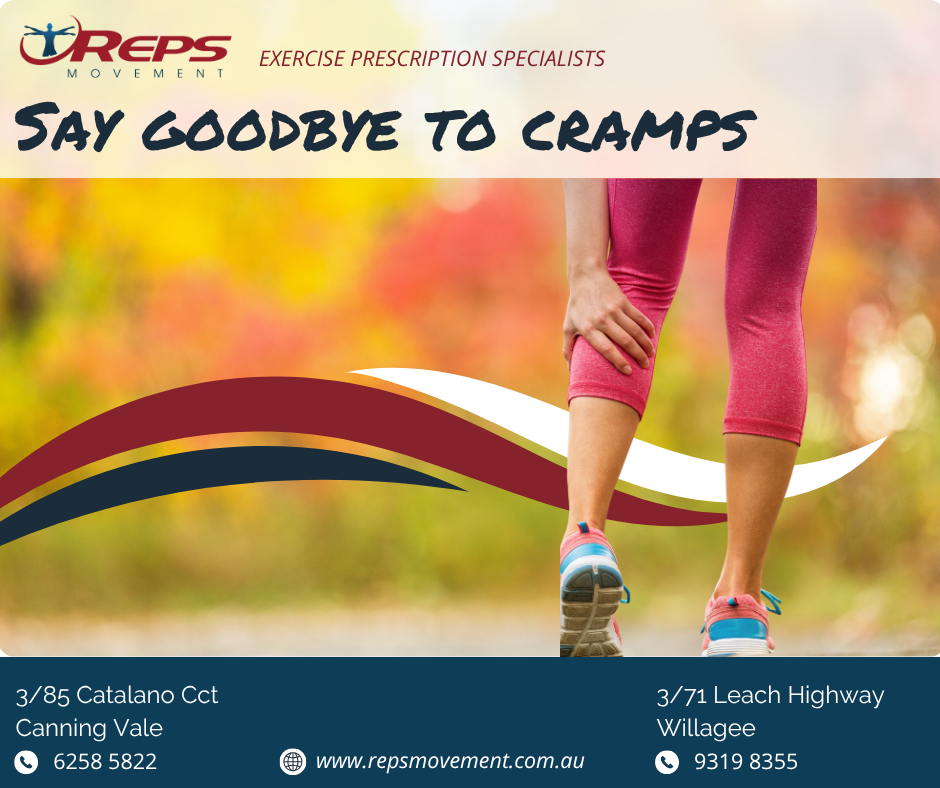The Power of Proactive Movement: Exercise as Your Ally Regular, appropriate exercise isn't just good for your heart and waistline – it's also a fantastic way to build muscle resilience and improve nerve-muscle communication, making you less susceptible to cramps.
Improved Muscle Endurance: When your muscles are stronger and have better endurance, they are less likely to become fatigued and overworked during daily activities, reducing the likelihood of cramping.
Enhanced Blood Flow: Exercise boosts circulation, ensuring your muscles receive adequate oxygen and nutrients, which are vital for healthy function and preventing spasms.
Better Neuromuscular Control: Consistent movement helps "train" your nervous system to communicate more effectively with your muscles, leading to smoother, more coordinated movements and less chance of misfires that trigger cramps.
Think you're "too old" or "not fit enough"? Think again! The key is starting at your own pace and progressively building. Even gentle, regular activity can make a significant difference. | 